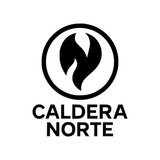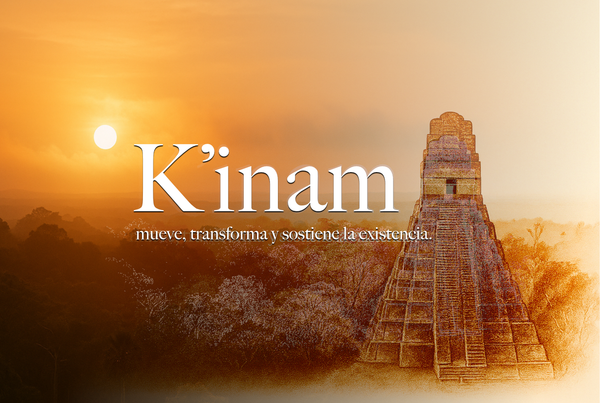Case Study — Building a Communication Ecosystem for Dr. Joffré Pérez
How a trauma surgeon with 25+ years of experience turned scattered posts into a calm, ethical, and credible communication system — building trust through clarity, structure, and narrative discipline.
Strategic Communication for Medical Authority and Ethical Presence
1. Context
Dr. Joffré Pérez is a trauma and orthopedic surgeon based in Valencia, Venezuela, with over 25 years of clinical and academic experience. He specializes in hip, pelvis, and complex trauma surgery, and is an AO Trauma Faculty member recognized for his teaching and surgical precision.
Despite his professional reputation, his online presence lacked coherence, clarity, and structure. His Instagram profile contained valuable educational posts but no unified narrative, making it difficult for patients and colleagues to perceive the full extent of his expertise.
The goal was to design a strategic communication ecosystem that reflected his authority, ethics, and calm professionalism—without falling into medical marketing clichés or sensationalism.
2. Challenge
The communication gap wasn’t about visibility—it was about credibility and clarity.
The challenge was to build a system that:
- Projects expertise without exaggeration.
- Speaks clearly to a mature audience (40–75 years old) dealing with chronic pain or post-traumatic recovery.
- Educates instead of promoting.
- Creates trust through calm authority and transparency.
3. Research & Diagnosis
The project began with a full audit of his existing digital footprint:
- Instagram posts and captions were analyzed to identify patterns, tone, and recurring topics (arthrosis, necrosis, pseudoarthrosis, fractures, pediatric trauma, academic events).
- Institutional affiliations (AO Trauma, CliniCare, Traumaunit, RedVital, HCM, IESA) were catalogued as credibility anchors.
- Audience segmentation defined two main clusters:
- Local patients and their families (decision-makers seeking clear explanations).
- Medical peers and students (seeking educational insights and respect for surgical experience).
The key finding: his content already demonstrated knowledge, but it needed narrative structure and a unifying voice.
4. Strategic Positioning
The new positioning centered on clarity as credibility.
It reframed the doctor’s identity from “surgeon who posts cases” to “educator and clinician who communicates with precision.”
Core narrative principles:
- Tone: calm, precise, unhurried.
- Keywords: clarity, judgment, experience, movement, recovery.
- Ethical compass: “No promises. Only criteria.”
- Voice: human yet professional; never emotional or dramatic.
5. Communication Architecture
A full verbal and structural system was developed:
- Homepage: clear statement of expertise and mission.
- About: professional path, AO Trauma involvement, teaching philosophy.
- Specialties: hips, knees, pelvis, and complex trauma, explained in accessible language.
- Articles / Publications: educational and clinical insights from real cases.
- Contact / Appointment: direct, simple, without pressure.
All sections were designed for bilingual communication (Spanish + English) to reach both local patients and international family members managing care remotely.
6. Visual & Editorial System
The visual language followed a principle of clinical serenity:
- Neutral palette (gray-blue tones, white space, surgical precision).
- Editorial typography for trust and readability.
- Real photography focused on human connection rather than hospital imagery.
- Geometric iconography inspired by Caldera Norte’s visual discipline (bridging art, design, and clarity).
This system positions the doctor as both scientific and human, balancing authority with approachability.
7. Execution & Content Curation
A detailed content mapping transformed his fragmented social posts into structured proof of expertise:
- Case studies: osteosynthesis, pseudoarthrosis, arthroplasty, trauma reconstruction.
- Educational mini-articles: “Understanding Hip Arthrosis,” “When Surgery Is the Last Option,” “How Bone Heals.”
- Institutional activities: conferences, training sessions, and AO Trauma faculty events.
Each piece was rewritten with coherence, calm rhythm, and explanatory purpose.
8. Integration with Broader Communication System
The Dr. Joffré Pérez project was later integrated into a portfolio of applied communication systems under Ronald Mason’s “Design & Communication” practice—alongside:
- EduRisk: clarity in cybersecurity behavior.
- Florida Real Estate Case: narrative precision in property marketing.
Together, they demonstrate how communication frameworks can translate complex expertise into accessible, credible narratives—whether in medicine, technology, or real estate.
9. Results
- A clear, ethical digital identity aligned with his professional standards.
- A content architecture ready for web publication and ongoing SEO optimization.
- A reusable template for other medical specialists seeking balanced, human communication.
- Reinforced reputation as an educator and surgeon of judgment, not spectacle.
10. Takeaways
This case reaffirmed a principle central to my practice:
“Authority is not built by volume, but by coherence.”
Building communication for a medical professional is not about branding—it’s about translating trust into structure.
Dr. Pérez’s digital presence now mirrors what his patients already feel in consultation: clarity, confidence, and calm expertise.


